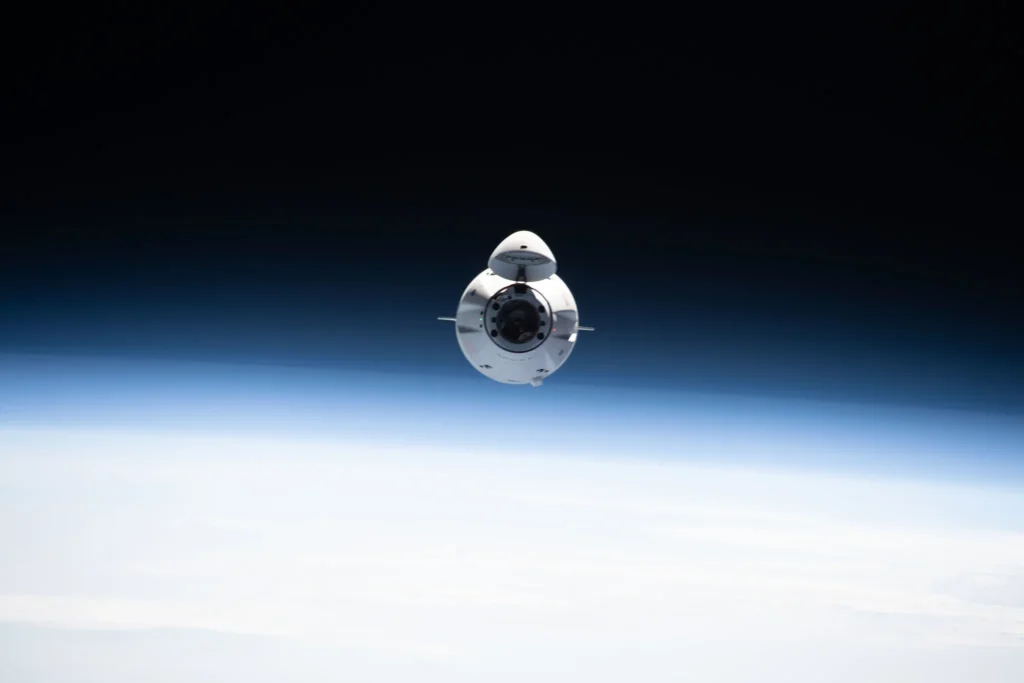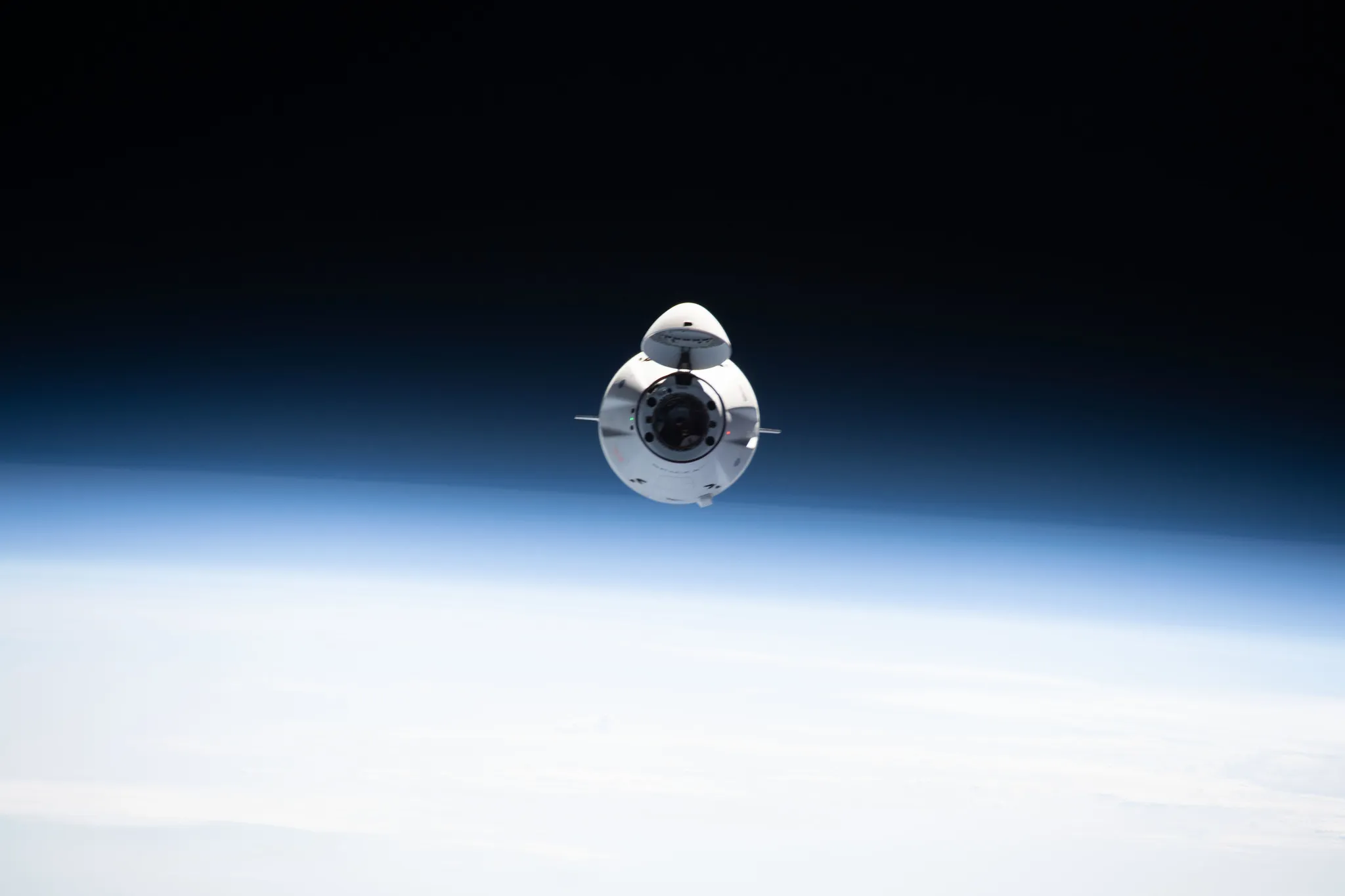“NASA Dragon Mission, SpaceX Dragon, International Space Station, space research, scientific experiments, microgravity, space exploration, optical fibers, antibiotic resistance, material durability in space, Artemis campaign”
“Discover the highlights of NASA’s SpaceX Dragon spacecraft as it departs the International Space Station with crucial scientific samples. This article covers the significance of the returned experiments and their potential impact on future space exploration missions, including insights into material durability, antibiotic resistance, and optical fiber production in space.”

On a pivotal Sunday, April 28, the international space community will witness a significant event as SpaceX’s Dragon cargo spacecraft departs from the International Space Station (ISS), marking the return journey of vital scientific research samples and hardware. This departure is not just a routine procedure; it represents a critical phase in ongoing space research and experiments that could shape future space exploration and our understanding of numerous scientific phenomena.
NASA Dragon Mission Launch and Mission Overview
The journey of the Dragon spacecraft began on March 21 when it was launched aboard a SpaceX Falcon 9 rocket from Cape Canaveral Space Force Station in Florida. Successfully docking with the ISS on March 23, it delivered over 6,000 pounds of research investigations, crew supplies, and station hardware, underscoring its role as a pivotal supply link to the orbiting laboratory.
Dragon Mission Live Coverage and Viewing Details
NASA ensures that enthusiasts and researchers worldwide don’t miss this important phase of the mission. Live coverage of the Dragon’s undocking and departure will commence at 12:45 p.m. EDT on various platforms including NASA+, NASA Television, the NASA app, and YouTube, enhancing accessibility and engagement with a global audience.
The Scientific Payload
Upon its return, Dragon will bring back over 4,100 pounds of cargo, including crucial scientific experiments designed to leverage the unique microgravity environment of the space station. These experiments address diverse scientific domains from biology and biotechnology to physical sciences, each poised to contribute valuable insights for both space exploration and practical applications on Earth.
1. Flawless Space Fibers-1
One of the notable experiments aboard is Flawless Space Fibers-1, which has produced more than seven miles of high-quality optical fiber in space. This experiment not only sets a new record by surpassing the previous longest fiber drawn in space but also pioneers potential cost-effective and superior-quality fiber production methods that could be used on Earth.
2. GEARS: Tracking Antibiotic Resistance
Another critical study, GEARS (Genomic Enumeration of Antibiotic Resistance in Space), focuses on mapping antibiotic resistance in the space station environment. This research is vital as it helps in understanding how bacteria adapt in microgravity, an essential factor in safeguarding astronaut health during long-term missions.
3. MISSE-18: Evaluating Materials in Space
MISSE-18 explores the impact of space exposure on various materials and components, including quantum dots and lunar regolith simulant composites. Insights from this study are crucial for future missions, particularly those targeting the Moon and Mars, as they help in selecting materials that can withstand the harsh conditions of space.
4. Immune Cell Activation in Microgravity
An intriguing experiment sponsored by the European Space Agency involves the study of immune cell activation in microgravity, focusing on the behavior of immune and melanoma cells when modified with magnetic nanoparticles. This research could pave the way for developing new therapeutic approaches for diseases like melanoma and other central nervous system ailments.
Impact on Future Missions
The findings from these experiments are not just academic; they have practical implications for enhancing astronaut health and safety and refining the technologies needed for future explorations as part of NASA’s Artemis campaign. By advancing our understanding of how various biological and material entities behave in space, NASA and its partners are paving the way for ambitious manned missions to deeper space destinations.
Conclusion
As the Dragon spacecraft makes its re-entry and splashes down off the coast of Florida, it brings with it more than just physical samples: it carries the promise of groundbreaking discoveries and advancements in space science. The quick retrieval and analysis of these samples, facilitated by the spacecraft’s splashdown location near NASA’s Kennedy Space Center, will ensure that the valuable data contained within is preserved and utilized promptly, heralding new phases of innovation and exploration in the ever-expanding realm of space travel.
Read More-
- NASA Finds New Homes for Artemis Generation of ‘Moon Trees’ Across US
- NASA’s Chandra Releases Doubleheader of Blockbuster Hits
- Rocket Lab Launches New NASA Solar Sail Technology into Orbit: A Milestone Achievement
- Boeing and NASA decide to proceed with the historic crewed launch of a new spacecraft.
